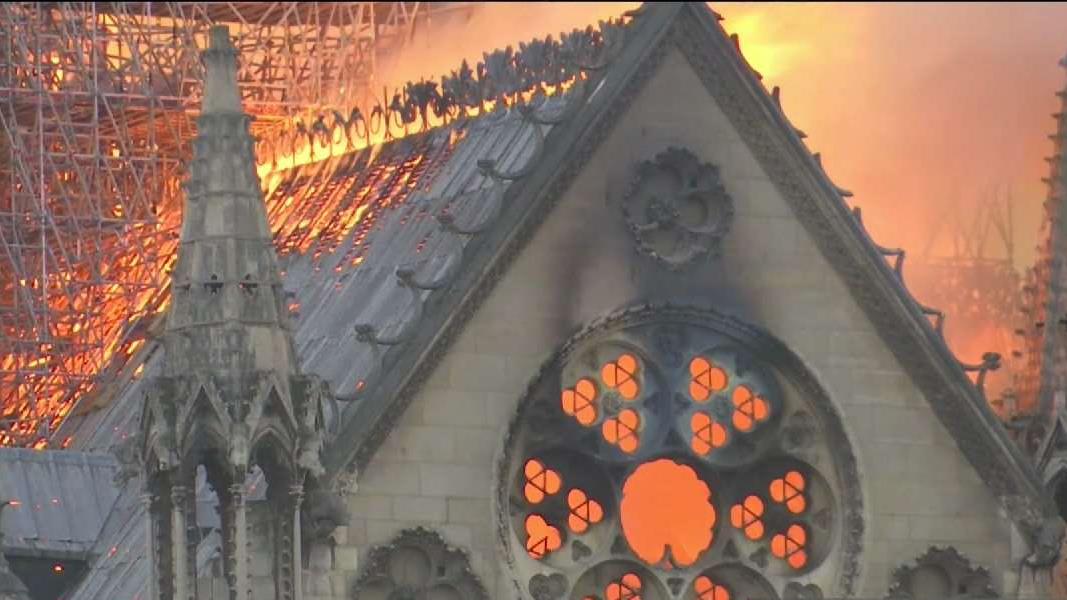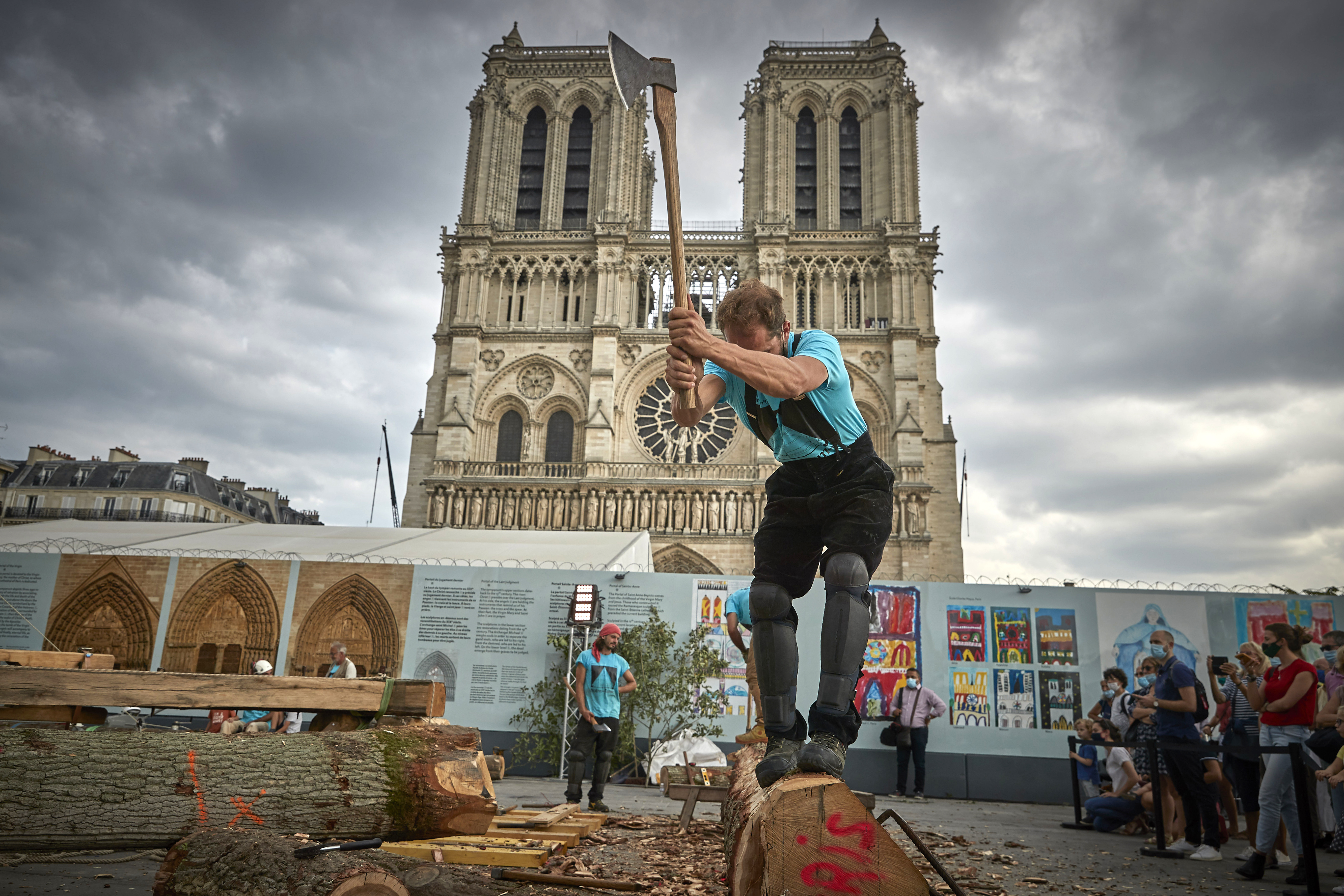For the past few years, people have been tirelessly working to restore the historic Notre Dame Cathedral after part of the Paris landmark burned down five years ago.
The tragedy is seared in the minds of the French and the world -- April 15, 2019 is the day fire consumed the landmark, toppling its roughly 305-foot spire and collapsing its 800-year-old roof.
WATCH ANYTIME FOR FREE
Stream NBC10 Boston news for free, 24/7, wherever you are. |
French President Emmanuel Macron vowed to have it rebuilt in five years.
When the decision was made to restore the cathedral using centuries-old techniques, only a handful of people had that knowledge -- including two carpenters from New England: Will Gusakov from Vermont and Hank Silver from Massachusetts.
Get updates on what's happening in Boston to your inbox. Sign up for our News Headlines newsletter.
"It was a lot of work, thousands of pieces of oak that we we're shaping by hand with hand tools," said Gusakov.
“We’ve had to recreate all these inconsistencies, all these deformations, that have accrued over the centuries," Silver said.
Both men worked with the group "Carpenters Without Borders." They employed the same techniques that were used when the cathedral was first built to faithfully restore its aura.
"We were creating a replica of this medieval frame that was quite well documented and that was very irregular. It had been built over decades by different teams of carpenters back in the 13th century," Gusakov explained.
“In the US we have a built tradition that’s much newer but that is derived from these European methods. Being able to work on this building, which is the birth of this technique, is particularly meaningful," Silver said.
"We can walk into a forest with an ax and a few tools and fell trees, hew them into beams, and join them into a structure. And that's pretty amazing and empowering to know that we can do that," Gusakov said.
In today's world of 3D printing and artificial intelligence, Gusakov sees their work as a connection to the past.
"I hope that everybody realizes and sees how how this is a proof at scale, at a monumental scale that these, traditional and and very ecological and very human powered and rather non-industrial techniques are still very much alive and well and possible," he said.
Not to mention -- historically significant.
"For sure thinking about, the, the kind of surreal fact that what we were doing, the cuts that I was making would be standing in this monumental and iconic building for hopefully for centuries to come," he added.
Gusakov says way at the top of that spire, inside the golden rooster on the weathervane, there is a tube with a scroll inside. Printed on that scroll are the names of everyone who worked on restoring this cathedral in all of its glory. It's set to have its grand reopening in December.




